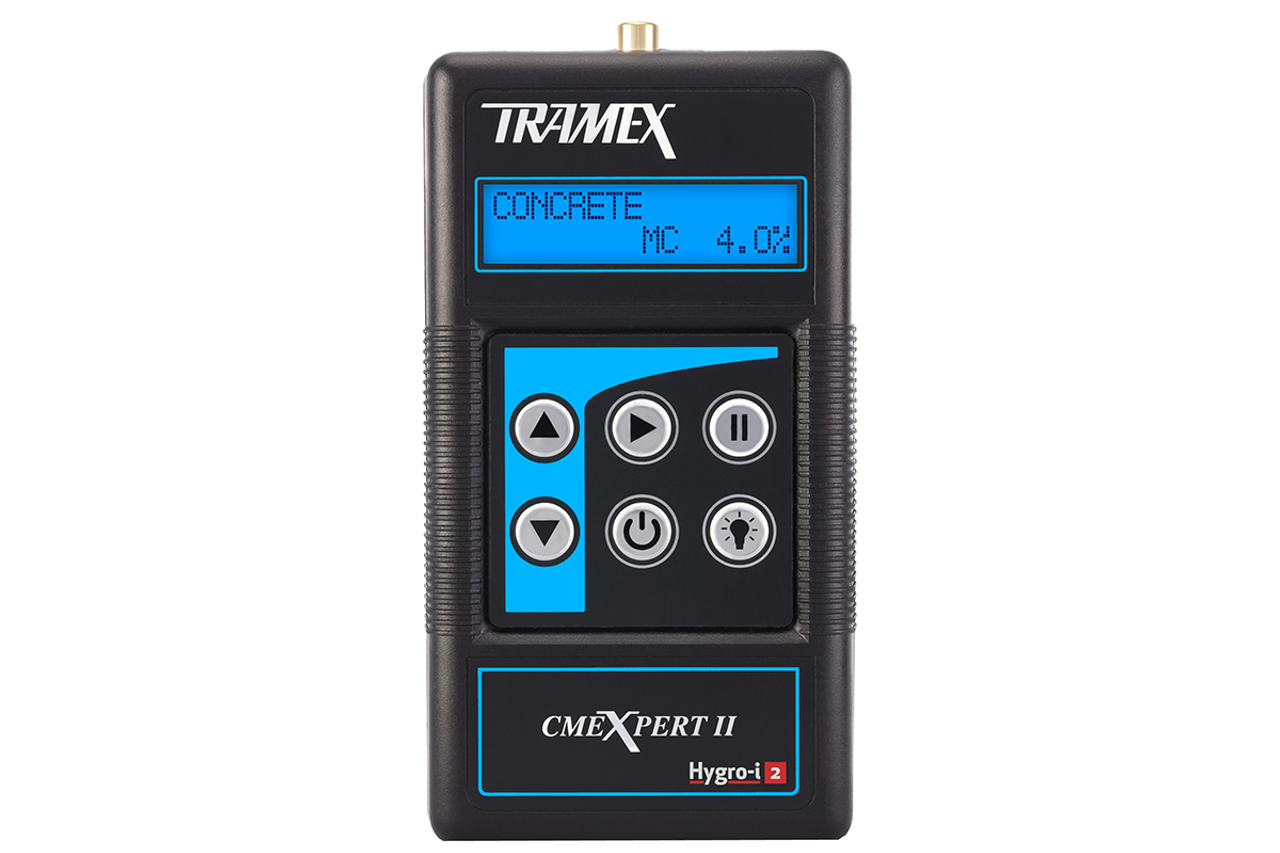Understanding the Different Sorts Of Moisture Meters and Their Applications
Understanding the Different Sorts Of Moisture Meters and Their Applications
Blog Article
Look Into the World of Moisture Meters: Whatever You Need to Know
In the world of wetness meters lies a world of accuracy and practicality that commonly goes undetected. Understanding just how moisture meters run, the different types offered, and their varied usages can drop light on their relevance in guaranteeing high quality and effectiveness.
Exactly How Moisture Meters Work
Moisture meters operate by measuring the electric conductivity or capacitance of products to determine the moisture web content present. These meters are very useful devices across different sectors, including construction, woodworking, and agriculture. By utilizing various techniques such as pin-type or pinless technology, wetness meters supply precise readings that assist specialists make educated choices.
Pin-type wetness meters work by inserting the sharp pins into the material being checked. On the various other hand, pinless wetness meters use electro-magnetic signals to check a bigger location without triggering any type of damages to the material's surface.
No matter the approach made use of, wetness meters play a critical function in avoiding concerns such as mold and mildew growth, structural damages, or item issues triggered by excess wetness. Understanding exactly how these meters job is crucial for ensuring the top quality and stability of products in different applications.
Types of Moisture Meters
Offered the essential function wetness meters play in various sectors, it is vital to understand the different types readily available to specialists for accurately examining dampness degrees - Moisture Meter. There are mainly 2 major types of moisture meters: pinless and pin-type wetness meters

On the various other hand, pinless dampness meters use electromagnetic sensing unit plates to scan a larger location of the product without creating any damages. This type appropriates for promptly scanning huge areas and is frequently utilized for flooring, walls, and ceilings. Pinless meters are practical for taking analyses on completed surface areas without leaving any kind of visible marks.
Both kinds of moisture meters have their benefits and are chosen based on the particular demands of the work handy. Recognizing the distinctions between these types is important for professionals to make exact wetness analyses.
Applications Throughout Industries
Construction experts rely on dampness meters to examine the moisture levels in structure products like drywall, wood, and concrete, which is essential for maintaining architectural stability and avoiding issues like rot or mold. The flooring industry utilizes dampness meters to gauge the moisture material in subfloors read this prior to setting up numerous flooring coverings, protecting against costly problems due to excess moisture. In the food market, moisture meters are used to keep track of and manage moisture degrees in products such as grains, nuts, and dried fruits to maintain quality and top quality.
Tips for Using Moisture Meters
Make use of the wetness meter's calibration settings to make sure exact readings when measuring the wetness material in various materials. Furthermore, make certain the meter is set to the right dampness array for the material you are measuring to obtain the most precise outcomes.
When making use of a pin-type dampness meter, place the pins to the appropriate depth suggested for the material being see evaluated. This makes sure that the wetness analyses are taken from the correct deepness within the product, giving a more accurate depiction of its moisture material. For pinless dampness meters, keep in mind to maintain correct contact with the product's surface to obtain reputable analyses.
Regularly check and replace the batteries in your dampness meter to protect against imprecise readings due to low power. Store the meter in a secure and dry area when not in use to lengthen its life expectancy and preserve its precision. By following these ideas, you can make best use of the performance of your dampness meter and obtain precise wetness web content dimensions throughout different products.
Maintenance and Calibration
To make sure the precision of wetness web content dimensions, regular upkeep and calibration of the moisture meter are necessary actions in its appropriate functioning. Upkeep involves maintaining the moisture meter clean and cost-free from particles that might impact its readings. It is very important to follow the supplier's standards for cleaning to avoid damages to the gadget. In addition, normal calibration is needed to validate the precision of my explanation the readings. Calibration readjusts the wetness meter to guarantee that it offers reliable and consistent results.
Calibration needs to be done periodically, specifically if the wetness meter is made use of frequently or in essential applications where exact measurements are called for. By preserving and calibrating the moisture meter routinely, users can rely on the accuracy of the moisture content measurements acquired.
Final Thought

To conclude, dampness meters play a vital role in different markets by precisely determining the dampness content of materials. Comprehending how these tools function, the various types offered, and correct upkeep and calibration are vital for getting trustworthy results. Whether in manufacturing, construction, or farming, the usage of wetness meters assists ensure quality control and efficiency in procedures.

In conclusion, wetness meters play an essential duty in numerous markets by precisely gauging the dampness content of materials.
Report this page